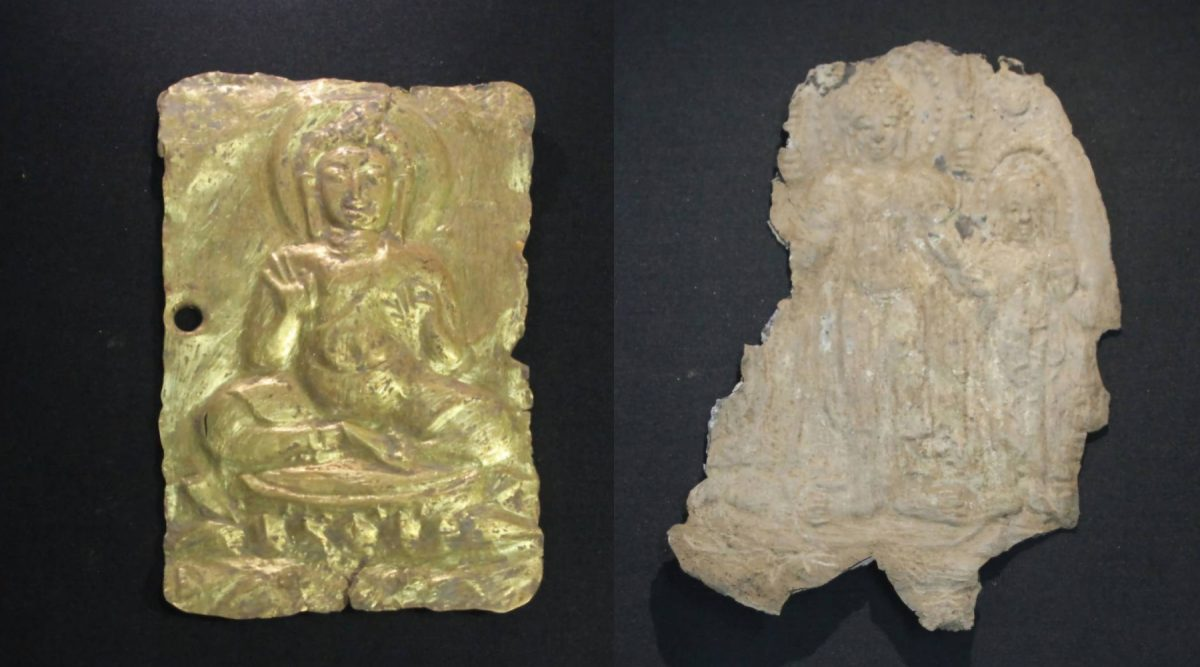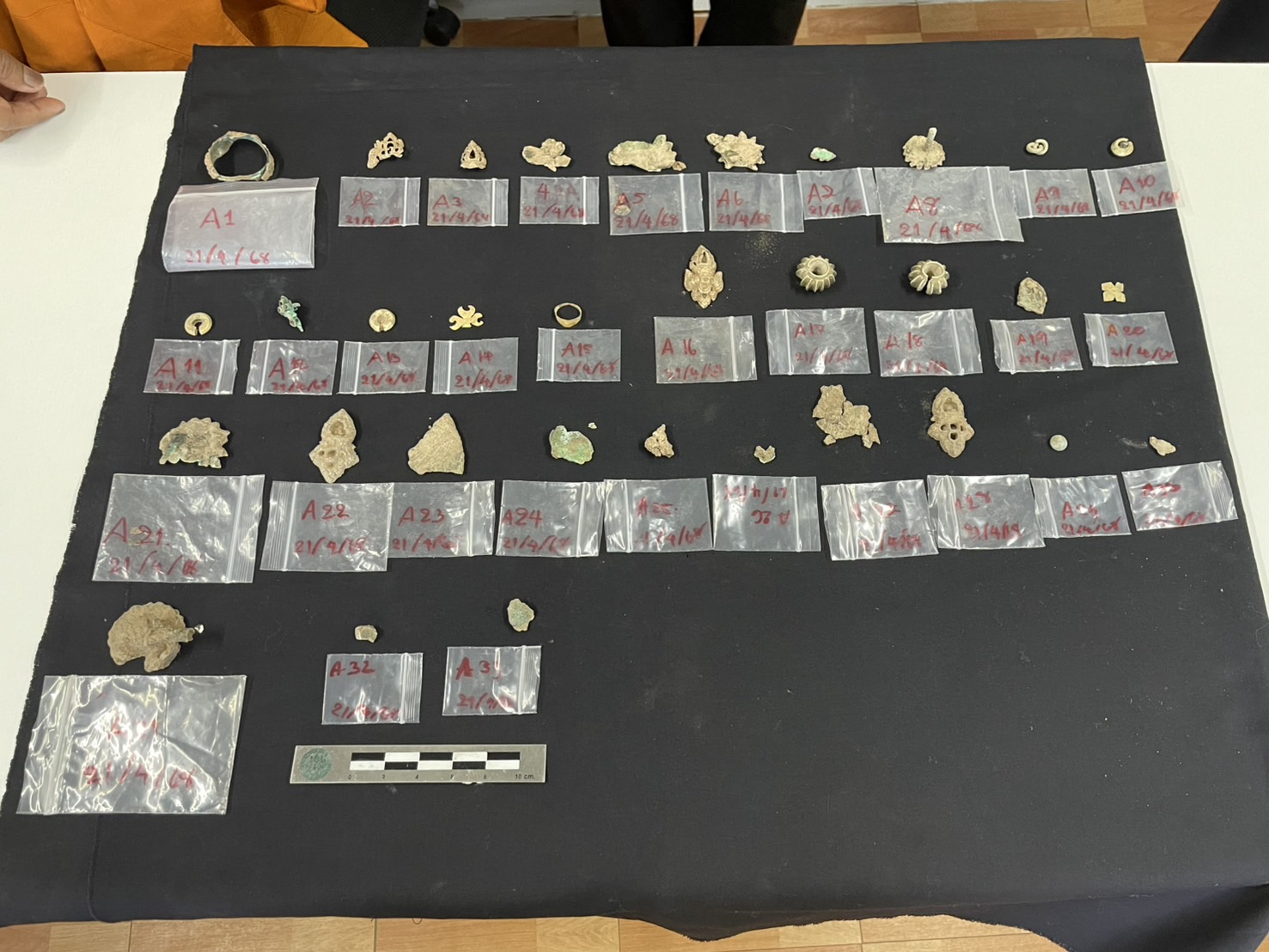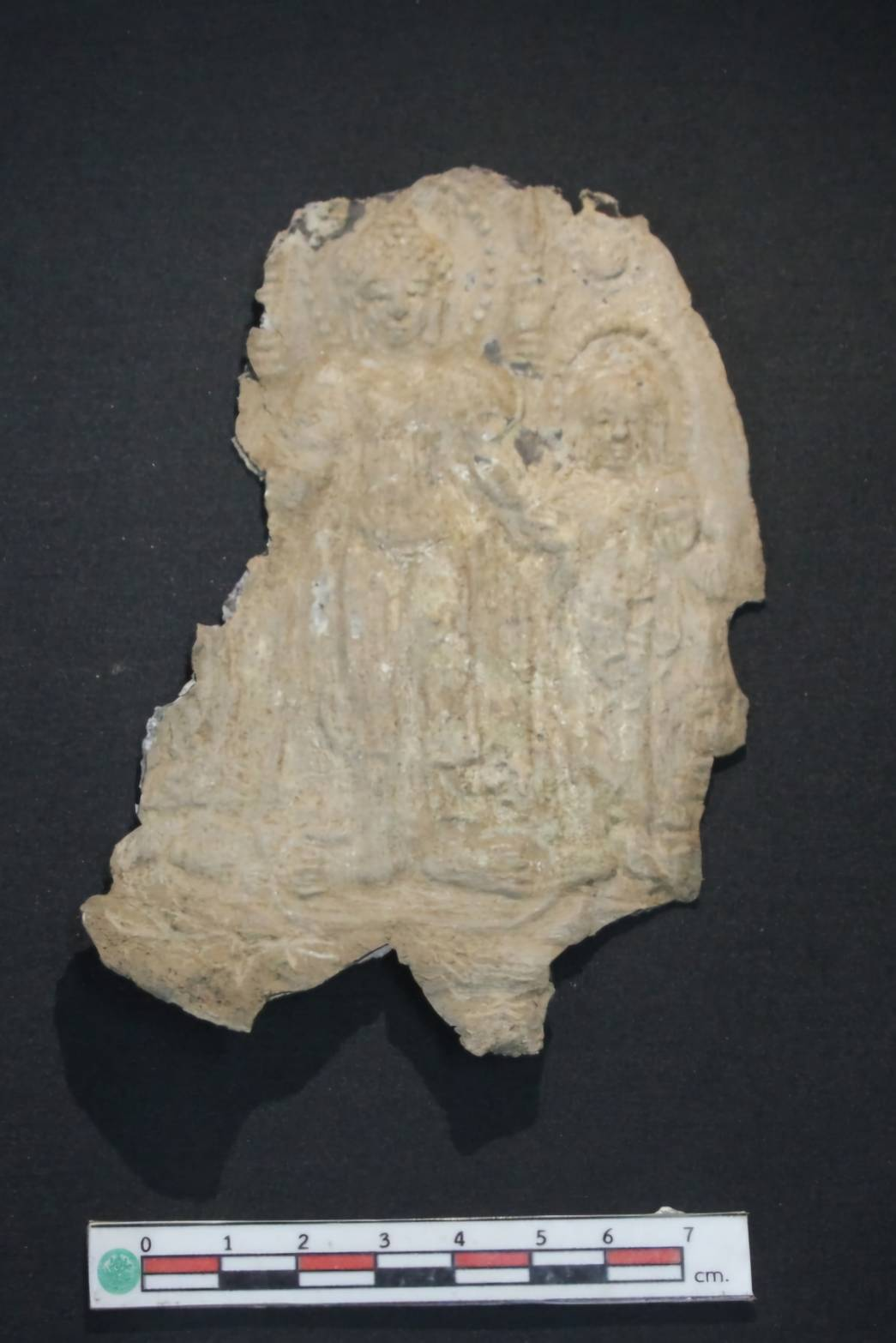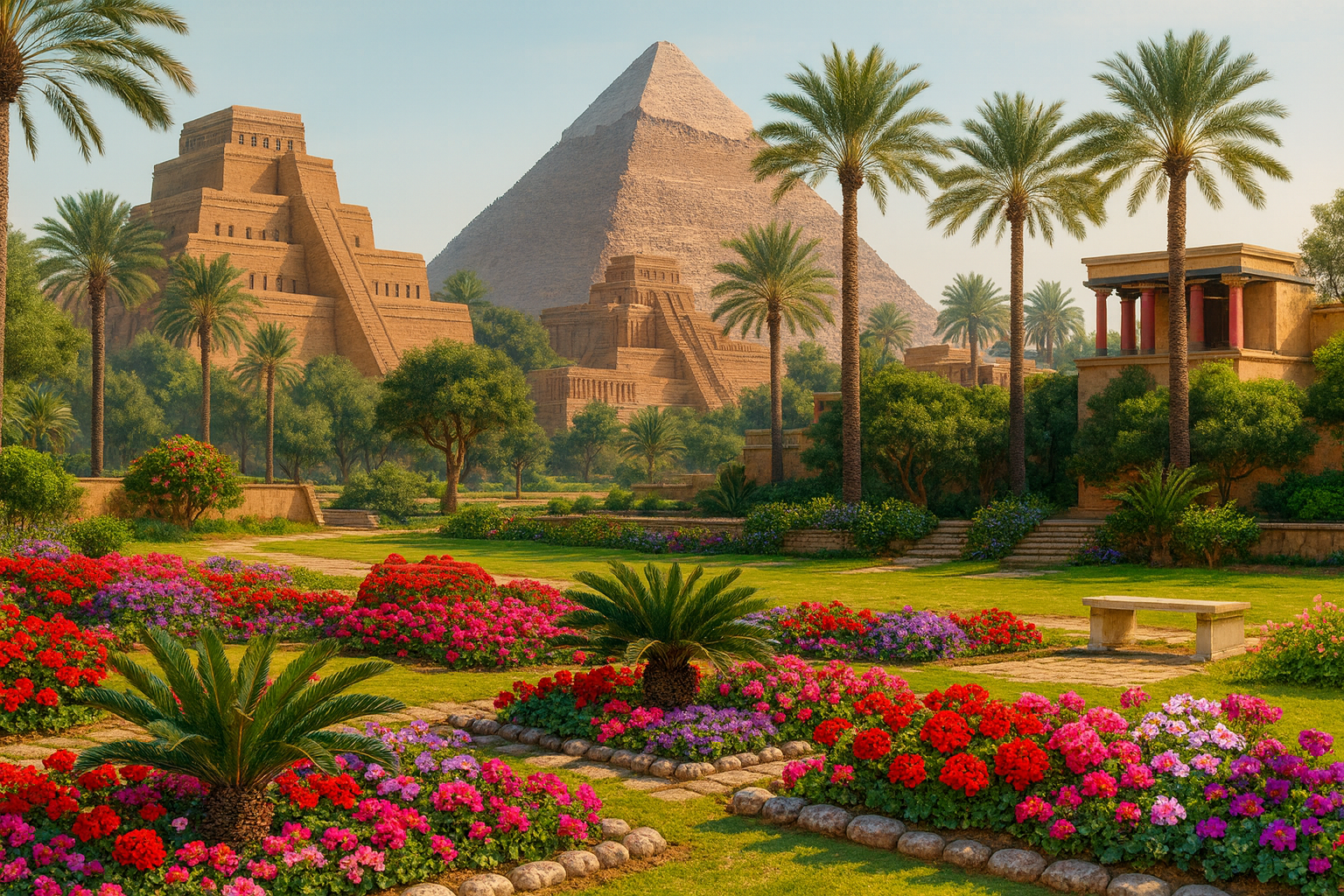Published: 11:44, May 12, 2025 | Source: Real.gr
Photos: The Fine Arts Department
A stunning archaeological discovery has come to light in northeast Thailand, where experts from the country’s Fine Arts Department unearthed a trove of ancient Buddhist artifacts concealed within a clay vessel. The find includes 33 objects made of gold, silver, and bronze, offering rare insight into the religious and artistic heritage of the ancient Dvaravati Kingdom.
The Fine Arts Department
Discovery at Wat Thammachak Sema Ram
The treasure was discovered at Wat Thammachak Sema Ram (also known as Wat Dhammachaksemaram), one of the most significant Buddhist sites from the Dvaravati period, which flourished between the 6th and 11th centuries CE.
The Fine Arts Department
Among the temple’s most revered features is a reclining Buddha statue, believed to date back to around 657 CE, during the reign of King Ramaraj of Ramburi—possibly tied to the ancient city of Ayodhyapura, a key archaeological zone.
Treasure Buried Beneath a Sacred Statue
While performing conservation work on the reclining Buddha statue, archaeologists uncovered a clay jar buried 1.3 meters underground. Inside it were 33 ancient artifacts, including:
Gold rings
Silver earrings
Unusually shaped bronze jewelry
Spiral-shaped earrings, which resemble those previously discovered at other important sites like Phu Khao Thong (Ranong Province) and Tha Chana (Surat Thani Province).
Rare Buddhist Imagery and Reliefs
The excavation also yielded a lead-tin alloy relief plaque measuring 8 by 12.5 centimeters. It features a depiction of the seated Buddha on a lotus flower, performing the Vitarka Mudra—a symbolic hand gesture that represents the transmission of knowledge and teaching in Buddhism.
The Fine Arts Department
Another noteworthy find is a weathered relief showing the Buddha standing, dressed in robes and also performing the Vitarka Mudra. Flanking the Buddha are two attendant figures. One of these is believed to represent Phra Phrom, the Thai representation of Brahma, the Hindu god of creation.
Cultural and Historical Significance
Experts are now studying the artifacts to better understand their cultural and historical context. The treasure not only sheds light on early Buddhist religious art in Thailand, but also provides crucial information on ancient metalworking techniques, iconography, and the cross-cultural exchanges that shaped the spiritual and artistic traditions of ancient Southeast Asia.
This discovery is a powerful reminder of how much remains hidden beneath the surface—waiting to be uncovered and reconnected with the rich tapestry of human history.










